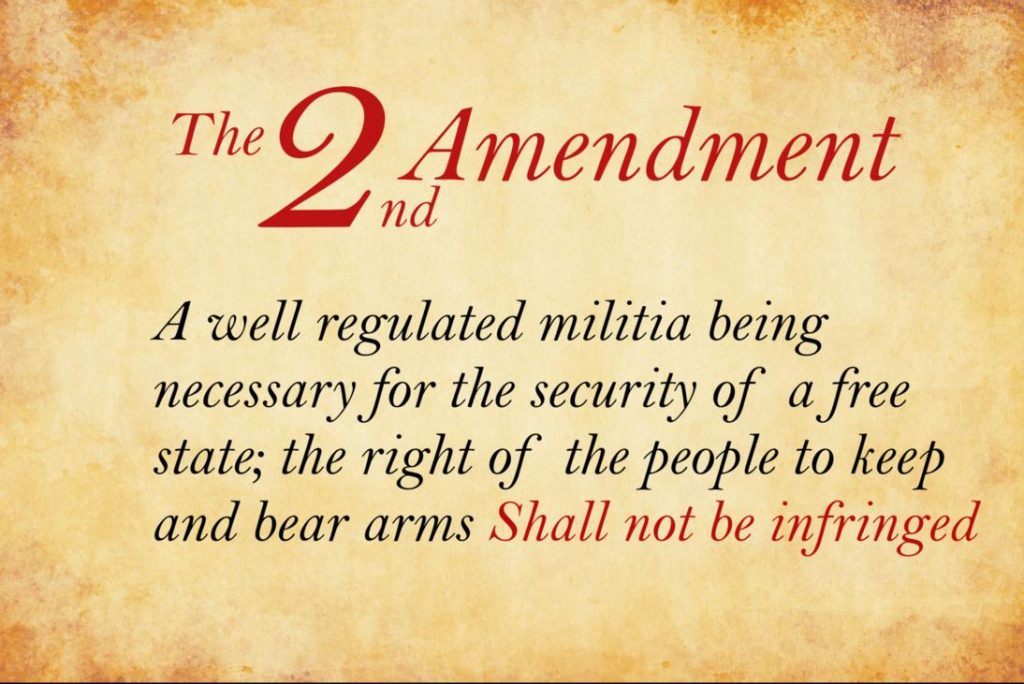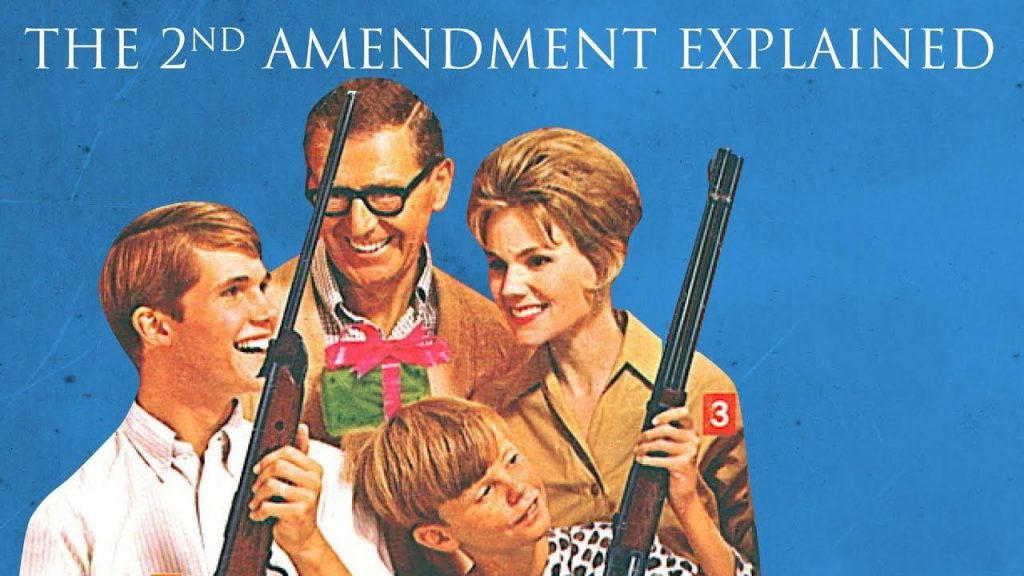It’s not really a “head scratcher” to grasp why Americans want to guard their property and lives from looters and therefore the mob. Why a reporter can breezily fabricate history under the banner of 1 of the nation’s most-widely read newspapers, on the opposite hand, definitely qualifies.
There’s no historical evidence to suggest that the Second Amendment was “created to make sure Southern slaveowners the proper to take care of & arm slave patrols to place down insurrections amongst the enslaved,” albeit southerners subsequently used guns for his or her nefarious purposes. As Charles Cooke has noted, “That neo-Nazis are protected by the primary Amendment doesn’t indict the primary Amendment, even as that criminals are protected by the Fifth doesn’t call that bulwark into general question.”
The right to self-defense, in fact, is incompatible with the thought of slavery — it runs counter to the arguments made by the Founders, albeit a number of them were hypocrites; counter to the arguments made by many abolitionists and therefore the early civil-rights leaders; and counter to the arguments made by Second Amendment advocates today.

The animating ideas of the Second Amendment — both as personal and communal protection — are predicated on natural rights and English common law. And while nearly every intellectual, political, and leader of the Founding generation stressed the importance of the proper in touch arms as a way of preserving liberty, a number of its most vociferous champions were against slavery.
In his 1770 defense of Captain Thomas Preston, one among British soldiers liable for the Boston Massacre, Adams — who often defended freed slaves and “held the practice of slavery in such abhorrence” — argued that even the unwanted and intrusive British soldier had the inherent right to arm and defend himself from a mob. “Here every private person is permitted to arm himself, and on the strength of this authority,” he said. it had been “the primary canon within the law of nature,” he argued, quoting William Blackstone, whose writings helped define English common-law system .
Those curious about fact-based history of the philosophical foundations of the Second Amendment can read Joyce Lee Malcolm’s classic study on the topic: to stay and Bear Arms: The Origins of an Anglo-American Right. In it, Malcolm makes the case that “colonists were men and ladies steeped in English laws, English customs, English prejudices, and English habits of mind.” it had been within this tradition that colonists staked their claim to revolt when the king came for his or her weapons.
The 70 approximately American militiamen who fought 700 British soldiers in Concord and Lexington — among them Prince Estabrook, a black militiaman wounded within the battle (a soon-to-be freed slave) — weren’t anxious about slave revolts. They were bent stopping British from stripping them of the power to defend themselves.
Sam Adams, one among Massachusetts leading revolutionaries and agitators, argued in 1769 that the “the subjects of England are entitled first to the regular administration and free course of justice within the courts of law — next to the proper of petitioning the King and parliament for redress of grievances — and lastly, to the proper of getting and using arms for self-preservation and defence.”
Adams opposed slavery.
Even abolitionist religious leaders like Simeon Howard and Jonathan Parsons — “for while we plead for liberty on one hand, and promote slavery on the opposite , our principles are too contracted and corrupt,” Parsons said — defended the ideas that gird the Second Amendment. “[F]or if one man may defend himself and his rights against an assailant, far more may an entire country defend themselves when their rights are invaded,” Parsons preached.
The first American effort to codify and guarantee the proper in touch arms was made in Pennsylvania, under a conference travel by Franklin , also president of the colony’s anti–slavery society. The second colony to try to to so was Vermont, where there have been few slaves and no fear of a revolt. When New Hampshire suggested language for the longer term Bill of Rights — “Congress shall never disarm any Citizen unless like are or are in Actual Rebellion” — the longer term state probably had but 100 slaves.
After the ratification of the Constitution, five states (Rhode Island and New Hampshire among them) demanded a Bill of Rights be adopted by Congress, and each one among them asked that the individual right in touch arms be mentioned.
As I argue in my book First Freedom, of all the rights organized in American life, none had a extended and more defined history in English common law and tradition than the proper to self-defense — not freedom of speech, or press, or religion.
What’s most misleading about Hannah-Jones’s distortion of the Second Amendment, however, is that the primary gun-control laws were all racist in intent, meant to stay newly freed black Americans subjugated. “Black Codes” instituted after the war made owning guns illegal for many blacks, and continued to place them at the mercy of racist governments. Arguments made during the talk over the 14th Amendment often specifically mentioned the proper in touch arms.
